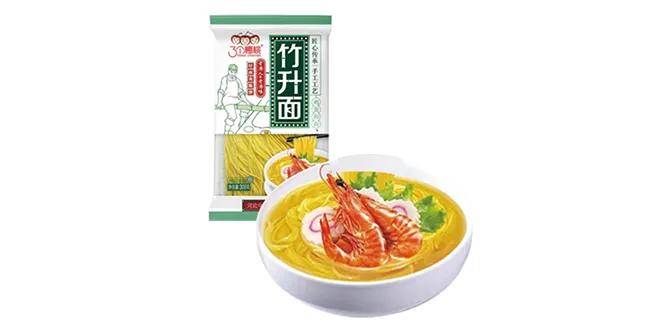Making Fresh Pasta Noodles from Scratch Using Only Your Hands
Homemade Pasta Noodles by Hand A Culinary Art
There's something inherently satisfying about making pasta from scratch. The process of creating homemade pasta noodles by hand is not just about the end product; it is an experience steeped in tradition, creativity, and the simple joy of cooking. Whether you’re a seasoned chef or a novice in the kitchen, rolling out your own pasta can transform a meal into a memorable event. Let’s dive into the world of handmade pasta and discover how to craft your own delicious noodles.
The Essence of Homemade Pasta
Homemade pasta embodies the heart of Italian cuisine. With just a few ingredients—flour, eggs, a pinch of salt, and sometimes water—you can create a multitude of pasta shapes, each with its own texture and character. The key to perfect pasta lies in the quality of the ingredients. Opt for high-protein flour like 00 flour or semolina for a richer taste and a lovely bite.
The Process of Making Pasta by Hand
2. Combining Ingredients On a clean surface, mound the flour and create a well in the center. Add the eggs and salt into the well. Using a fork, gently beat the eggs, gradually incorporating the flour from the edges until a shaggy dough forms.
3. Kneading the Dough Once the mixture is too stiff to mix with a fork, knead the dough by hand. Dust your hands and the surface with flour to prevent sticking. Knead for about 8-10 minutes, or until the dough becomes smooth and elastic. If the dough is sticky, add a bit more flour.
4. Resting the Dough Wrap the kneaded dough in plastic wrap or cover it with a towel. Let it rest for at least 30 minutes at room temperature. This resting period allows the gluten to relax, making it easier to roll out.
homemade pasta noodles by hand

5. Rolling Out the Dough After resting, divide the dough into four pieces. Keep the pieces you’re not currently using covered to prevent drying out. Using a rolling pin or a pasta machine, roll out each piece as thin as possible. Ideally, the dough should be almost translucent.
6. Cutting the Pasta Depending on your preference, you can cut your rolled-out dough into various shapes. For fettuccine, roll the sheet loosely and slice into strips. For lasagna, cut into rectangles. You can also create filled pasta like ravioli by placing small amounts of filling between two sheets of dough, sealing the edges with a fork.
7. Cooking the Pasta Fresh pasta cooks much faster than dried pasta—typically around 2-4 minutes in boiling salted water. Keep an eye on it to achieve the perfect al dente texture.
Pairing with Sauces
One of the joys of homemade pasta is how well it pairs with sauces. A simple garlic and olive oil sauce, a rich marinara, or a creamy Alfredo all complement fresh noodles beautifully. You can also consider adding seasonal vegetables or proteins to elevate your dish further.
The Joy of Sharing
Making pasta by hand is not just a solitary activity; it can be a communal experience. Inviting friends or family to join you in the kitchen can turn the process into a fun event filled with laughter and shared culinary excitement. Handmade pasta fosters connections, creating memories that linger far beyond the dinner table.
Conclusion
Crafting homemade pasta noodles by hand is a rewarding endeavor that connects us to our culinary roots. The ability to create your pasta not only enhances your cooking skills but reminds us of the love and attention that go into each dish. So roll up your sleeves, dust off your work surface, and embark on the beautiful journey of making pasta from scratch. With practice and patience, you’ll find yourself not just making dinner, but creating a delicious and heartfelt experience that you—and your loved ones—will cherish.
-
The Wholesome Delight of Organic NoodlesNewsAug.15,2025
-
The Vibrant Delight of Spinach NoodlesNewsAug.15,2025
-
Savor the Spicy Delight of Hot Pot NoodlesNewsAug.15,2025
-
Savor the Chill with Irresistible Cold NoodlesNewsAug.15,2025
-
Indulge in the Authentic Delight of Udon NoodlesNewsAug.15,2025
-
Dive into the Delicious World of Cart NoodlesNewsAug.15,2025
-
Unlock the Delicious Potential of Yam NoodlesNewsAug.11,2025
Browse qua the following product new the we







